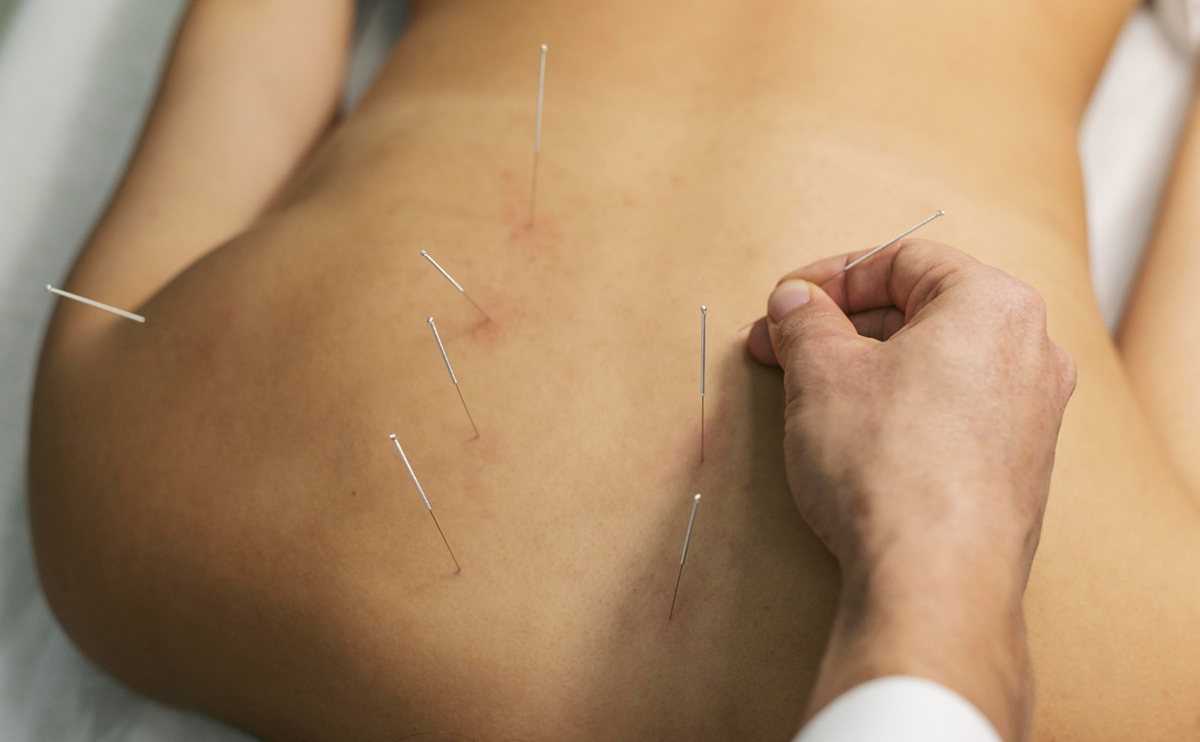How to Make Dry Needling Part of Your Recovery Routine

Are you struggling with chronic pain or repetitive injuries? If so, dry needling may be an effective therapy to add into your recovery routine. Dry needling is a technique used by physical therapists to alleviate pain and muscle tension, improve range of motion, and promote healing. It may sound intimidating, but it is a safe and minimally invasive therapy that has helped many people achieve their recovery goals. In this blog post, we will explain what dry needling is, its benefits, and how you can make it part of your recovery routine.
What is dry needling?
Dry needling is a technique that uses a thin, solid needle to stimulate trigger points in the muscles. Unlike acupuncture, the goal is not to balance energy flow. Instead, dry needling targets muscle knots (or trigger points) that cause pain and tightness. When the needle is inserted into the trigger point, the muscle fibers release and relax. This, in turn, increases blood flow, reduces inflammation, and promotes healing. Dry needling can be used for various conditions, including back pain, neck pain, headaches, sports injuries, and more.
Benefits of dry needling
Dry needling has numerous benefits that make it an attractive option for people seeking natural pain relief. Some of the benefits include:
- Rapid pain relief
Dry needling can provide almost immediate pain relief, especially for those who have chronic pain.
- Improved range of motion.
By stimulating the muscles and releasing the trigger points, dry needling can improve the range of motion, making movement easier and more comfortable.
- Faster healing time.
Dry needling increases blood flow to the affected areas which can promote faster healing times.
Making dry needling part of your recovery routine
The first step towards incorporating dry needling into your recovery routine is to find a qualified physical therapist. Your therapist will assess your condition and recommend a treatment plan that includes dry needling. During the procedure, the therapist will insert the needle into the affected muscles and target the trigger points. You may feel some discomfort during the procedure, but it is generally well-tolerated. After the procedure, you may experience some soreness, but this should resolve quickly. Your therapist may recommend a series of treatments for the best results.
In addition to dry needling, there are other things you can do to support your recovery routine. Some of these include:
- Staying active.
Movement can help keep your muscles flexible and reduce stiffness. Talk to your therapist about exercises that are safe and effective for your condition.
- Eating a healthy diet.
Eating a nutrient-rich diet can support your body's healing process, as well as improve your overall health and well-being.
- Getting enough rest.
Sleep is essential for recovery. Make sure you are getting enough sleep each night to allow your body to heal properly.
Conclusion
Overall, dry needling is a safe and effective therapy that can help alleviate pain and promote healing. By finding a qualified physical therapist and incorporating dry needling into your recovery routine, you can achieve the pain relief and healing you need to live a full and active life. At B Physical Therapy in Oviedo, we offer a range of services, including dry needling, to help you achieve your recovery goals. Contact us today to learn more about how we can help you.